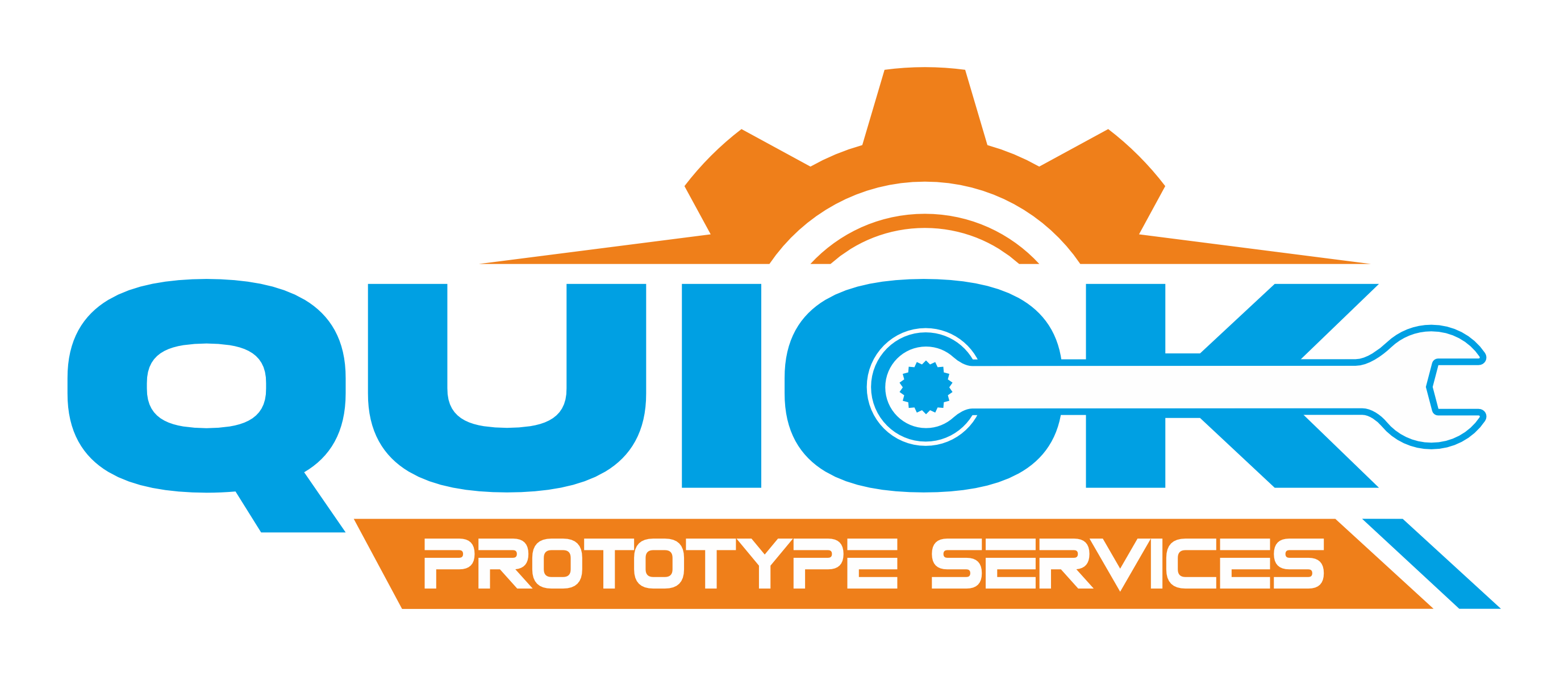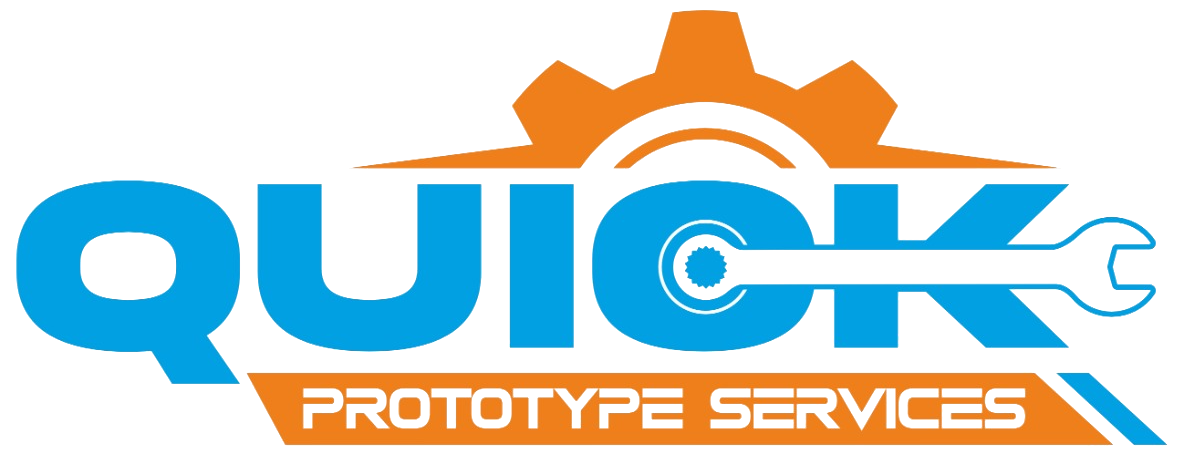About Brushing
Brushing, a meticulous surface treatment method, employs abrasive belts to impart deliberate traces on material surfaces, primarily for aesthetic enhancement. Unlike other finishing techniques, brushing creates a distinct pattern of parallel lines, providing a unique visual texture. This process is particularly popular in industries where appearance matters, such as automotive, consumer electronics, and architectural design.
The selection of abrasive belts, typically ranging from #80 to #120 grit, significantly influences the final finish. While brushing is applicable to various metals, it finds utmost utility in aluminum components, where it not only enriches the appearance but also contributes to surface smoothness and texture consistency.
Beyond its cosmetic benefits, brushing can also conceal minor surface imperfections, making it a preferred choice for parts requiring a flawless finish. However, it’s essential to consider specific design considerations, especially regarding corrosion resistance, when opting for brushing as a surface treatment.
In this comprehensive guide to brushing, we delve into its specifications, applications, and design considerations, offering insights into how this process can elevate the visual and tactile appeal of metal components across diverse industries.
Brushing Specifications
- Materials: ABS, Aluminum, Brass, Stainless Steel, Steel
- Colors: n/a
- Texture: Satin
- Standards: Sa1, Sa2, Sa2.5, Sa3
- Applications: Cosmetic parts
Design Considerations:
- Brushing not recommended for parts requiring high corrosion resistance.
Start your next project with anodizing today! Get a Quote and explore related resources.


